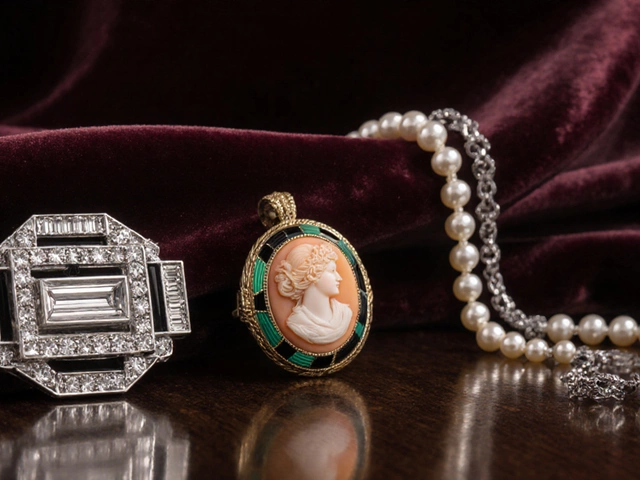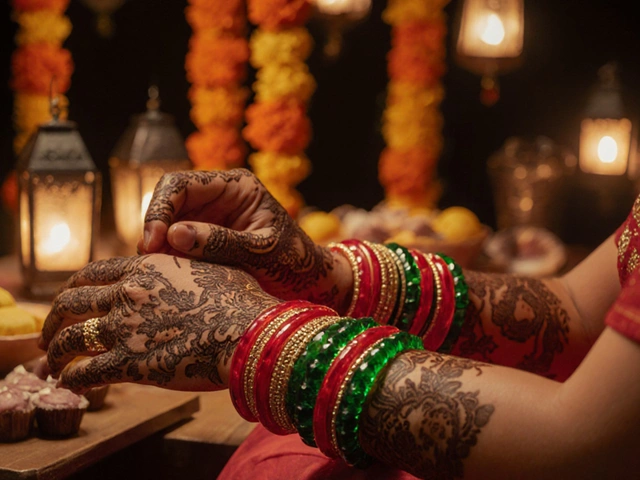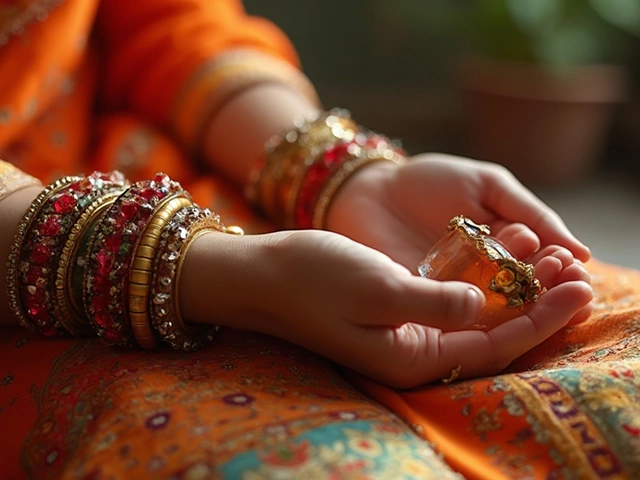Wrist Bracelet: Styles, Materials & How to Choose
When working with wrist bracelet, a piece of jewellery worn around the wrist, often crafted from metal, beads, stones or mixed materials. Also known as bracelet, it adds a subtle pop of personality to everyday outfits and a bold statement for special events. Understanding what makes a good wrist bracelet helps you pick something that feels right and looks great.
There are many bracelet types, including chain bracelets, cuffs, bangles, charm bracelets, and beaded styles that each serve a different vibe. Chain bracelets hug the skin for a sleek look, while cuffs sit open for drama. Bangles stack up to create rhythm on the wrist, and charm pieces let you tell a story with tiny trinkets. Knowing these categories lets you match a style to your personal taste and the occasion you’re dressing for.
The choice of jewellery materials, such as gold, silver, rose gold, stainless steel, leather, semi‑precious stones, or eco‑friendly wood determines both look and durability. Gold offers timeless luxury, silver gives a cool shine, while rose gold adds a warm pink hue. For everyday wear, stainless steel or leather resists tarnish and scratches. If you love colour, enamel‑filled beads or turquoise can make the piece pop. Picking the right material means the bracelet will stay comfortable and retain its charm over time.
In India, wrist bracelets often carry cultural significance, such as marking marital status, celebrating festivals, or symbolising blessings. For example, gold bangles are a staple for brides, while simple silver or glass bangles are popular during festivals like Karva Chauth. This cultural backdrop makes the wrist bracelet a thoughtful gift idea, whether you’re looking for a birthday treat, a wedding present, or a token of appreciation. Choosing a piece that respects tradition while fitting modern style can make the gift feel especially personal.
Fit matters just as much as style. Measure the wrist with a soft tape, add about half an inch for comfort, and check the clasp type—lobster, toggle, magnetic, or elastic. A well‑fitted wrist bracelet stays in place without digging into the skin, and the right clasp ensures easy wear. If you’re buying a set of bangles, consider the total width; too many stacked pieces can feel heavy. wrist bracelet enthusiasts often look for pieces that can transition from day to night, so pick a versatile design that works with both casual jeans and elegant evening gowns.
Proper care extends the life of your wrist bracelet. Keep metal pieces dry, clean them with a soft cloth, and store them separately to avoid scratches. Stone‑laden bracelets should be kept away from harsh chemicals, and leather straps benefit from occasional conditioning. Regular maintenance not only preserves shine but also keeps the piece safe for daily wear.
Current trends blend traditional motifs with modern minimalism. Layered bangles, mixed‑material cuffs, and personalized charm bracelets are popular on Indian e‑commerce platforms. Buying online gives you access to detailed photos, customer reviews, and often a 30‑day return policy, making it easier to find the perfect wrist bracelet without leaving home.
Below you’ll find a curated set of articles that dive deeper into related topics—regional dress codes, the symbolism behind waist chains, diamond buying tips, and more. Whether you’re searching for style inspiration, cultural background, or practical buying advice, the collection is designed to help you make an informed choice and enjoy your wrist bracelet to the fullest.

Why Do Indians Wear a Red String on Their Wrist?
The red string bracelet worn by many Indians is more than just an accessory; it's a deeply rooted tradition with spiritual and cultural significance. This article explores its origins, meanings, and the various contexts in which it is worn. It dives into the cultural and religious reasons behind this practice and provides insights into what it symbolizes for those who wear it. We’ll also uncover how this simple piece of string influences daily life and personal beliefs.
read more





